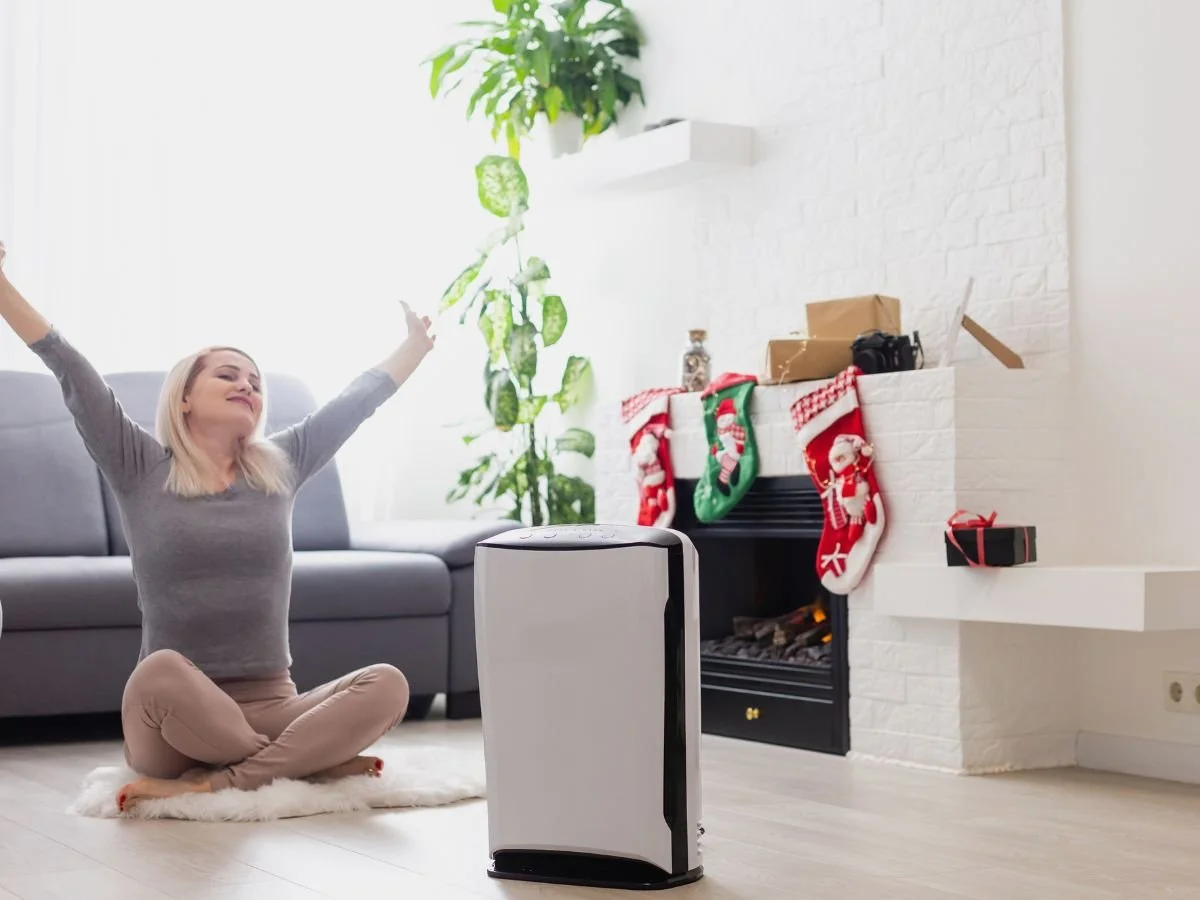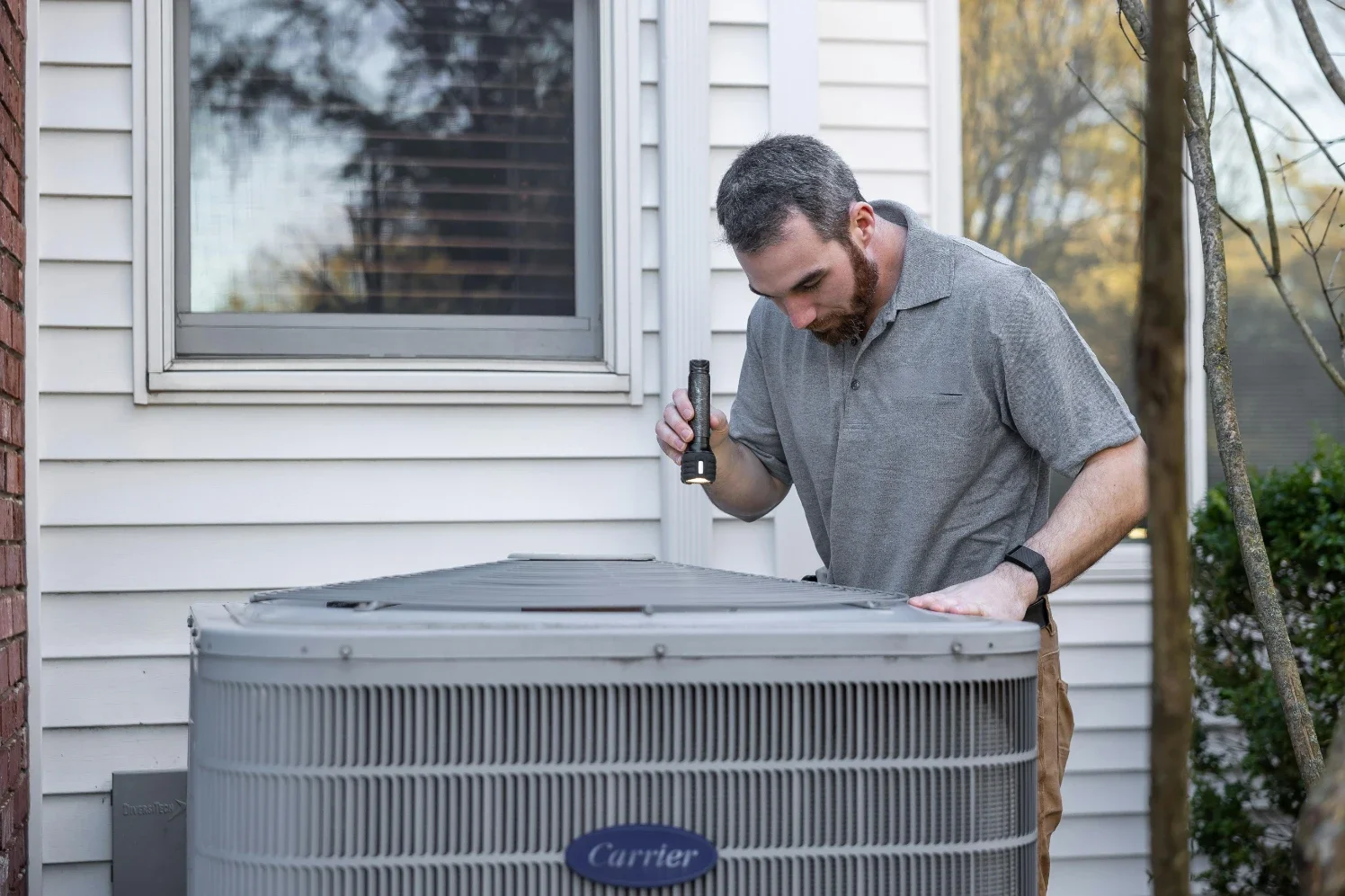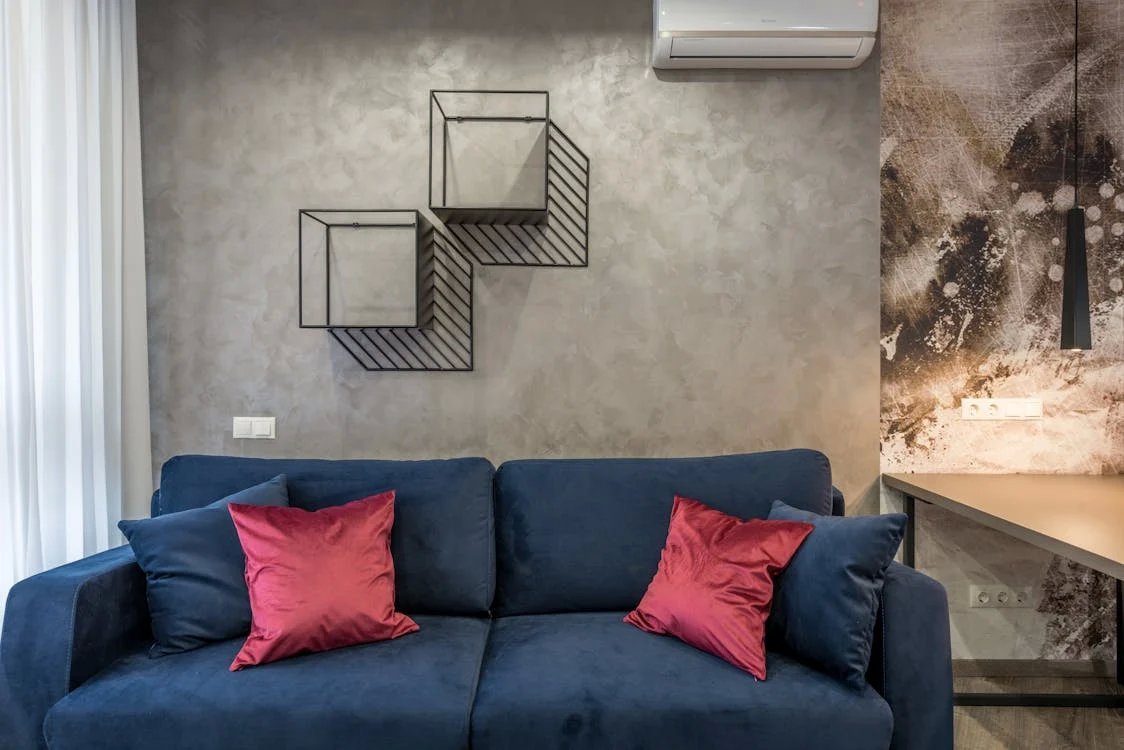Simple Ways to Reduce HVAC Noise in Your Home
Learn simple, affordable ways to reduce HVAC noise in your home. Improve comfort and enjoy a quieter space with easy DIY tips and practical solutions.
You’re tucked in, the house is quiet, and then: whirr, clank, whoosh — your HVAC system kicks on like a small jet engine in your basement. Not exactly soothing bedtime white noise.
Most people accept the background noise of heating and cooling systems as just another part of home life. But it doesn’t have to be that way. If your HVAC hums, rattles, or roars louder than it should, there are practical ways to tone it down, without calling in a full crew or replacing your entire setup.
Why You Shouldn’t Ignore HVAC Noise
Noise can sometimes be a clue that something is wrong. A sudden increase in volume might point to loose ducts, a worn-out fan, or an airflow imbalance.
Sometimes, these sounds become more noticeable after making upgrades to your home, like sealing windows or improving insulation, which change how air moves through your space.
Let’s break down some straightforward steps you can take to hush your HVAC without turning off your comfort.
1. Install an Air Purification System
It may sound surprising, but a high-quality air purification system can actually help reduce HVAC noise over time, especially the kind caused by airflow strain or clogged filters. When your HVAC is constantly working to pull air through dirty, dusty filters, it runs harder and louder.
An air purification system helps keep airborne particles, like dust, pet dander, and debris, from building up inside your system in the first place. That means your filters stay cleaner longer, airflow stays smooth, and your system doesn’t have to labor (and rumble) to push air through.
Bonus: To get the full benefit, it’s important to have the system professionally installed by HVAC experts like A-One Air technicians. Professionals will ensure your system works seamlessly with your HVAC for maximum comfort and minimal noise.
2. Improve the Return Air Grille
It’s not the most glamorous part of your house, but the grille where air gets pulled back into the HVAC system can be a noise hotspot. Why? If it's too small or blocked, your system has to suck in air harder, like drinking a milkshake through a coffee straw. That effort creates noise.
What you can do:
Make sure your return air grilles are clear of furniture, rugs, or curtains.
If the opening seems small, consider asking a professional about a larger grille or an extra return vent. More space means less whooshing.
3. Change Your Air Filter (Yes, Really)
A dirty air filter makes your system strain. Think of it like trying to breathe through a thick scarf. The harder the system works to pull air through the grime, the more noise it makes.
Fix: Swap the filter regularly. Set a reminder every couple of months, or sooner if you live in a dusty area, have pets, or run your air purification system often.
4. Check for Loose Panels and Parts
Over time, screws loosen, panels shift, and components vibrate. That dull rattle you hear? It could be something as simple as a loose screw on your furnace panel or the compressor vibrating on its base.
What to do:
Turn off the system.
Carefully inspect the unit and tighten anything that’s come loose.
For outdoor units, small rubber pads under the compressor can reduce vibration.
It’s like giving your system a little chiropractic adjustment.
5. Seal Up Those Ducts
Ducts run like secret hallways behind your walls and ceilings, carrying air all around your home. If there are gaps, air can leak, and that rushing sound can echo and amplify through metal.
Simple fix:
Use foil tape (not regular duct tape) to seal visible gaps in exposed ductwork. You can usually find these in basements or attics.
If the ducts rattle or bang when air flows, insulation can help. Even wrapping them in a sound-absorbing material can make a big difference.
You’d be surprised how much quieter things get when air stays in its lane.
6. Install a Sound Blanket
The compressor outside your house is often the loudest part of the system. If you’re hearing buzzing or humming even indoors, it might be bouncing off walls and windows.
A sound blanket is a specialized cover that wraps around the compressor to dampen noise without blocking airflow. It’s a relatively inexpensive fix, and some units are even designed with this in mind.
7. Add Soft Surfaces Indoors
This one isn’t about the HVAC directly, but it works. If you live in a home with lots of hard surfaces (think tile, hardwood, or bare walls), sound from the system bounces and echoes more.
Try this:
Add a thick rug in hallways or rooms near vents.
Hang curtains instead of blinds.
Consider a bookshelf or even wall art near return vents to absorb extra sound.
8. Keep Your HVAC in Shape
A system that’s tuned up regularly is less likely to groan, wheeze, or roar.
Most HVAC professionals check for noise during annual service calls. Let them know it's a concern and ask if any parts are wearing down or overworked.
And if you’ve added extra features like a humidifier or air purification system, mention it. These can affect airflow and noise levels if not balanced properly with your current setup.
Final Thoughts: Quiet Comfort Is Possible
You don’t have to live with a noisy HVAC. Whether it’s a matter of clearing vents, tightening a few screws, or giving your system some TLC, a quieter home is within reach.
Start simple. Pay attention. Most solutions are easier (and cheaper) than you think. And the next time your system kicks on, you just might not hear a thing. Which, really, is the point.




